- Shop By Use
- Rubber Mulch
- Playground Tiles
- Pavers
- Borders
- Turf
- Gym
- Accessories
- Sign in
Horse Arena

Rubber Mulch Products are Great for Horse Arenas





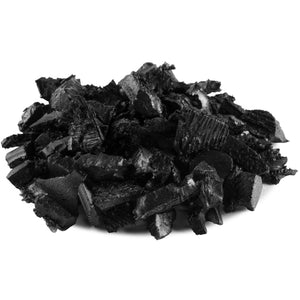
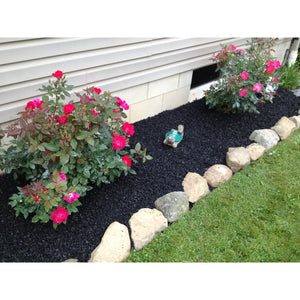
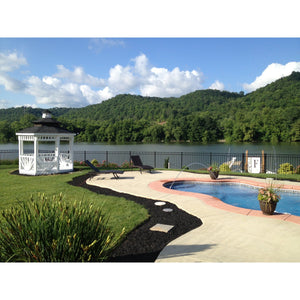
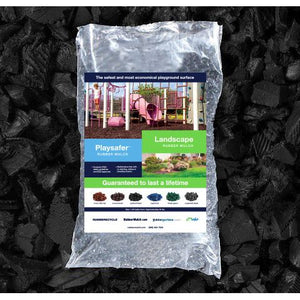
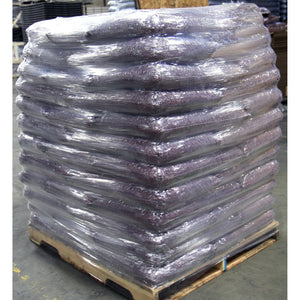
Landscape Rubber Mulch | Painted Black
$749.00 $769.00
- 12 year color guarantee!
- Color doesn’t rub-off or bleed on to clothing
- Reduces bug and rodent infestation and does not attract ants





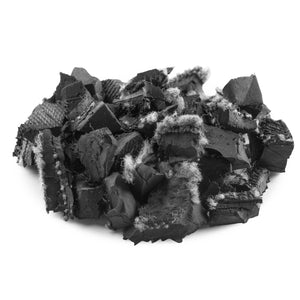
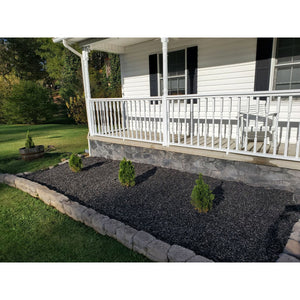
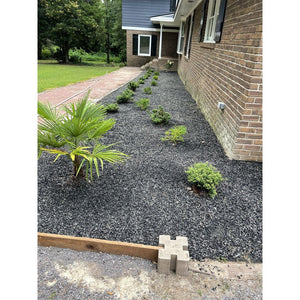
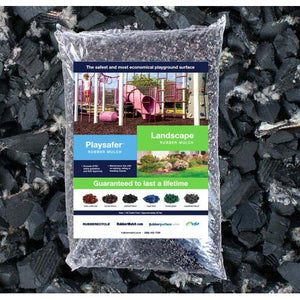
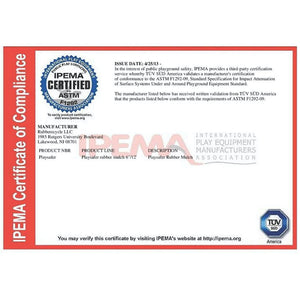
Landscape Rubber Mulch | Unpainted Black
$599.00
- Unpainted black mulch is not painted solid black and will look black and gray
- It will not blow away or wash away in storms








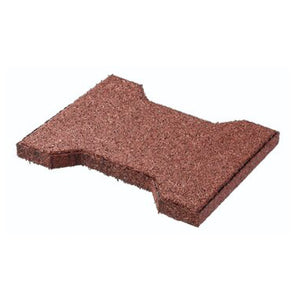
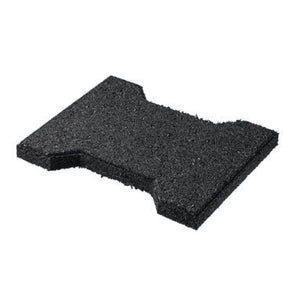
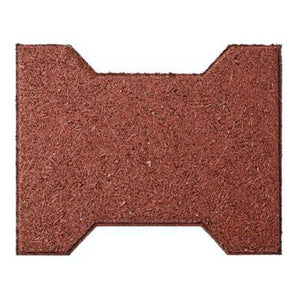
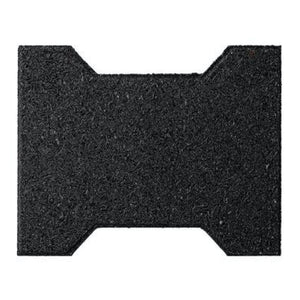
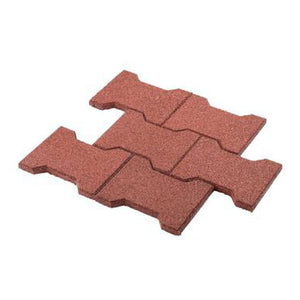
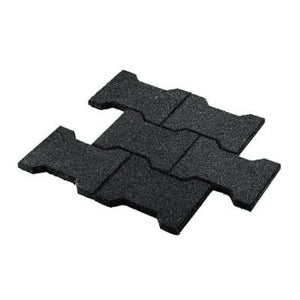
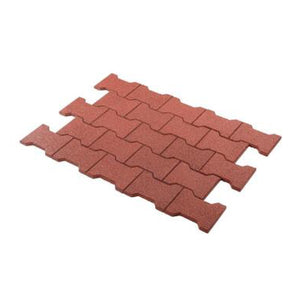
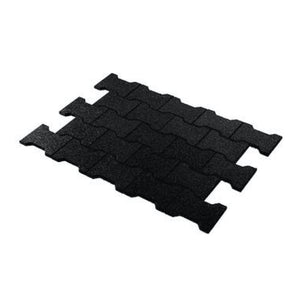
Rubber T-Pavers
$2.00
- Each paver measures 7.875” x 6.3” x 19mm.
- Beautifies any patio, terrace, courtyard, or exterior walkway
- Unique shape lets you customize a trendy outdoor walk space that will bring charm to the outside of your home





















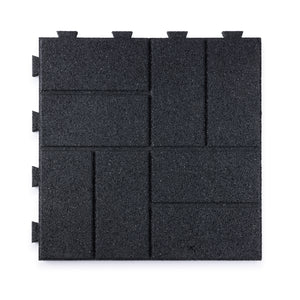
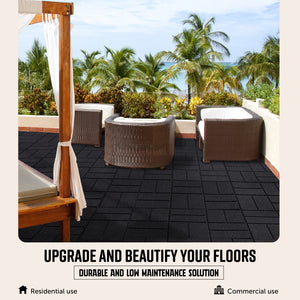
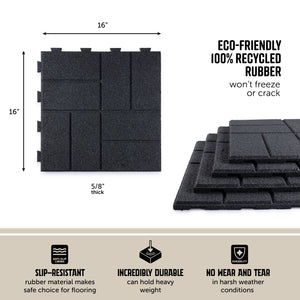

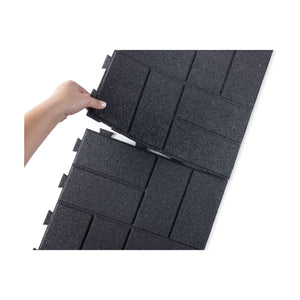
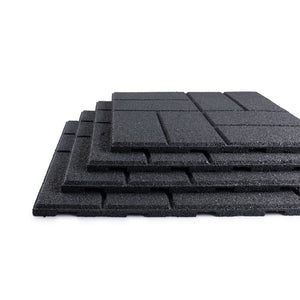
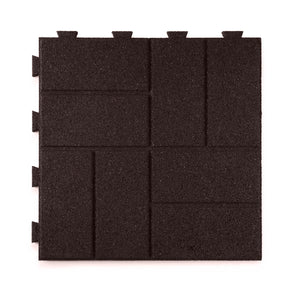
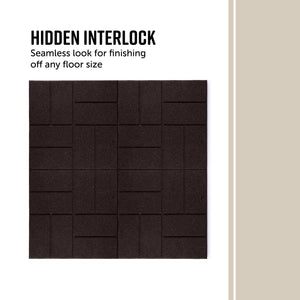
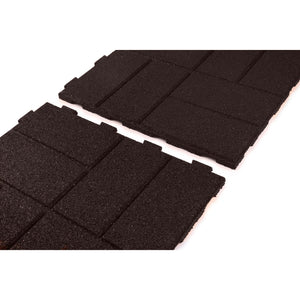
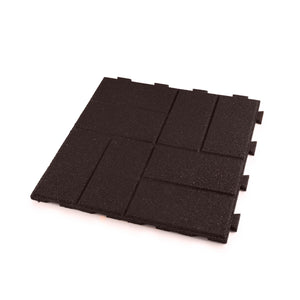
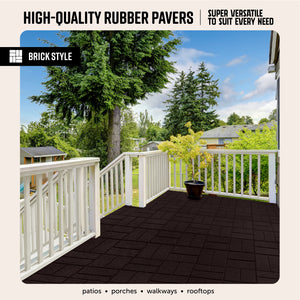
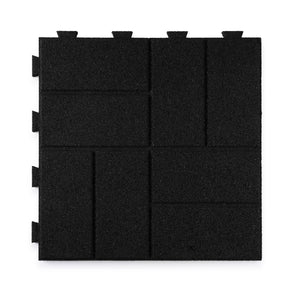
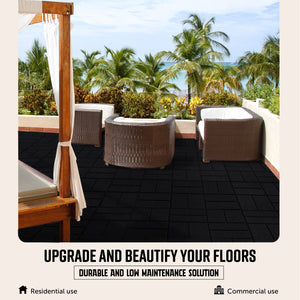
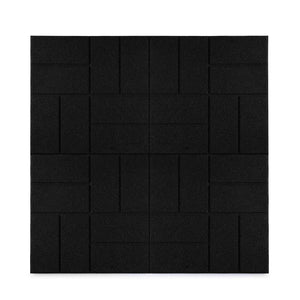
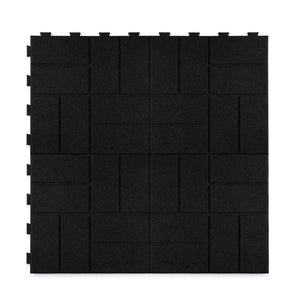
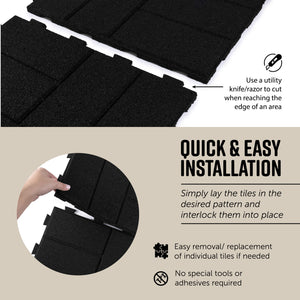
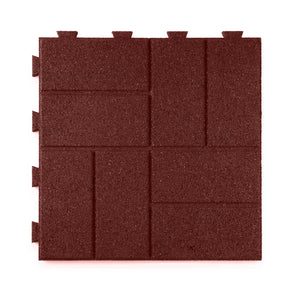
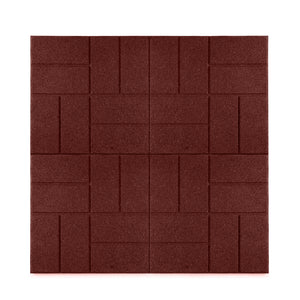
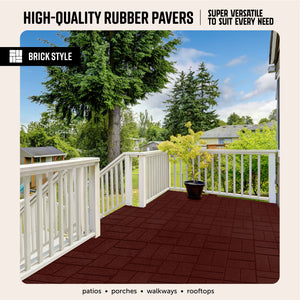
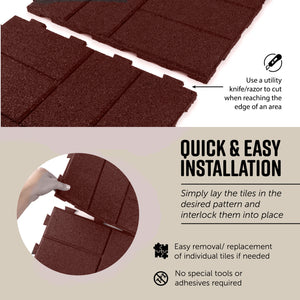
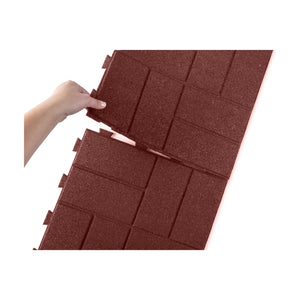
Brick Interlocking Rubber Paver Tile
$9.49
- 16" X 16" X 5/8"
- Hidden Interlocking rubber pavers stay in place for a seamless surface
- Easy to install, brings new life to old patios, decks and floors
- Made with 100% recycled rubber that will not freeze or crack
- Long-lasting and durable, will not freeze or crack


















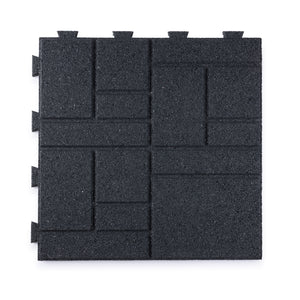

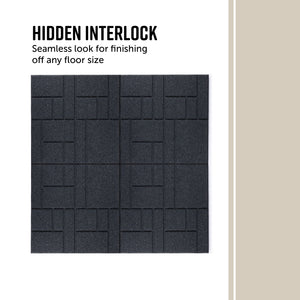
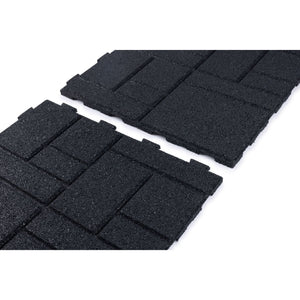
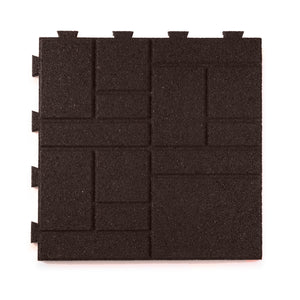
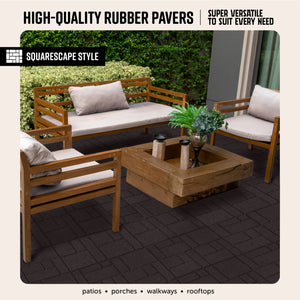
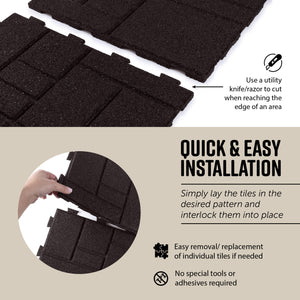
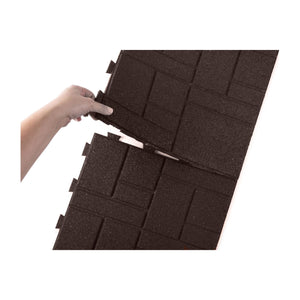
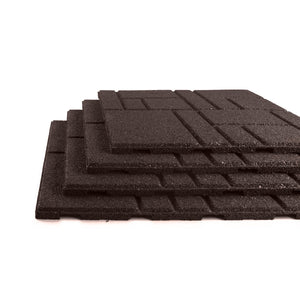
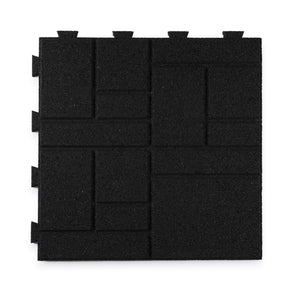
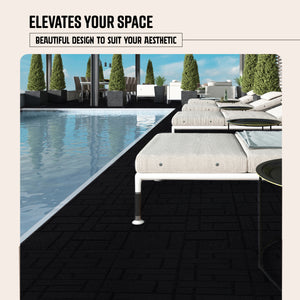
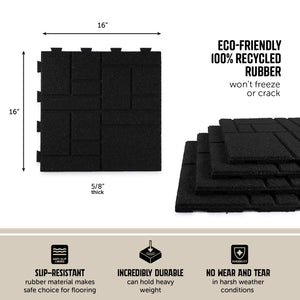
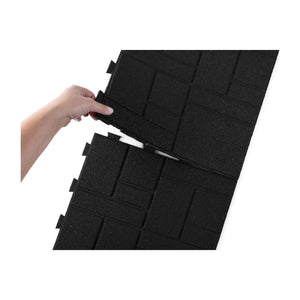
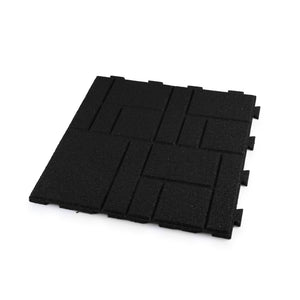
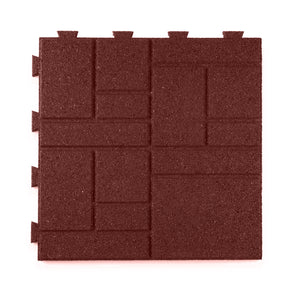

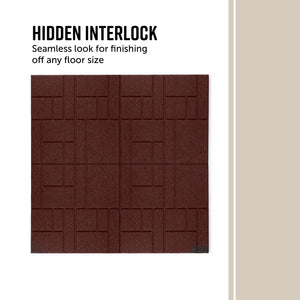
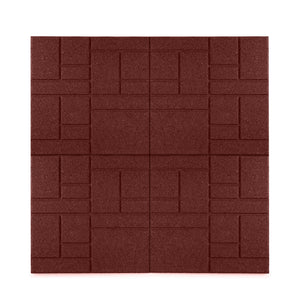
SquareScape Interlocking Rubber Paver Tile
$9.49
- 16" X 16" X 5/8"
- Hidden Interlocking rubber pavers stay in place for a seamless surface
- Easy to install, brings new life to old patios, decks and floors
- Made with 100% recycled rubber that will not freeze or crack
- Long-lasting and durable, will not freeze or crack
















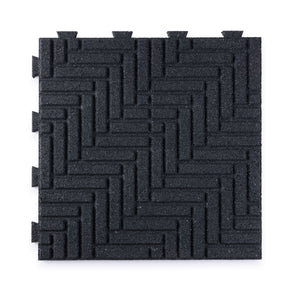
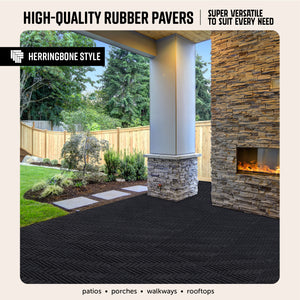
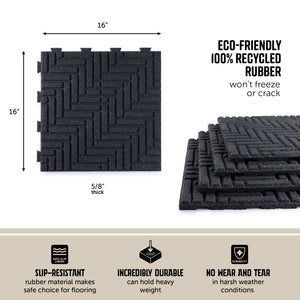
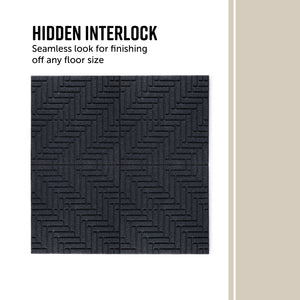
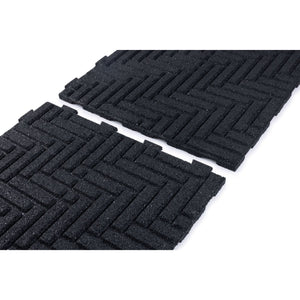
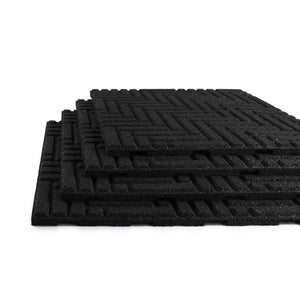
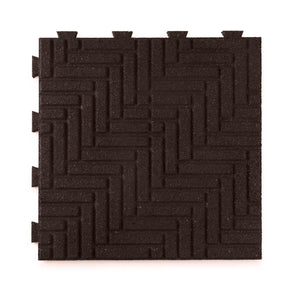

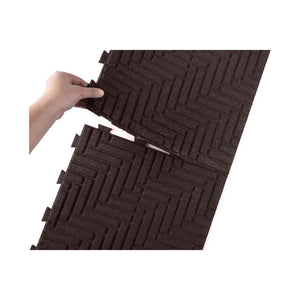
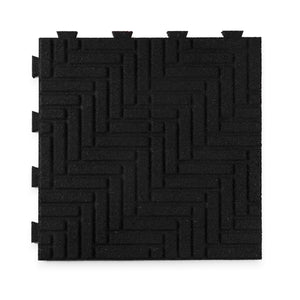
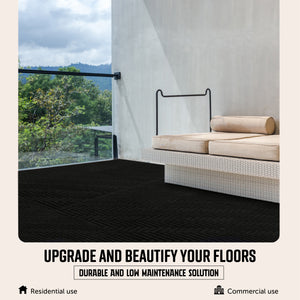
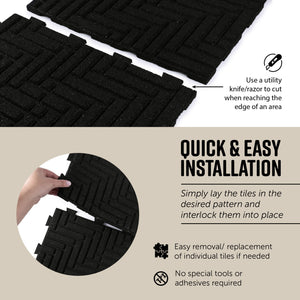
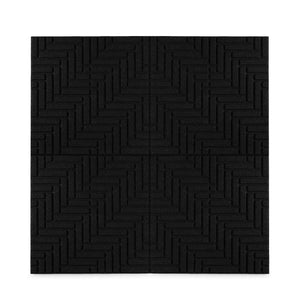
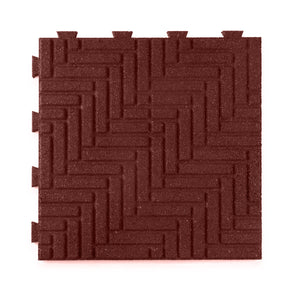
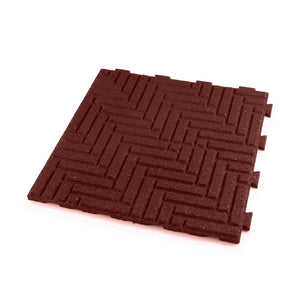
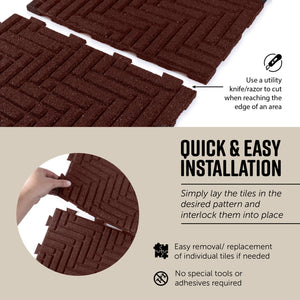
Herringbone Interlocking Rubber Paver Tile
$9.49
- 16" X 16" X 5/8"
- Hidden Interlocking rubber pavers stay in place for a seamless surface
- Easy to install, brings new life to old patios, decks and floors
- Made with 100% recycled rubber that will not freeze or crack
- Long-lasting and durable, will not freeze or crack


















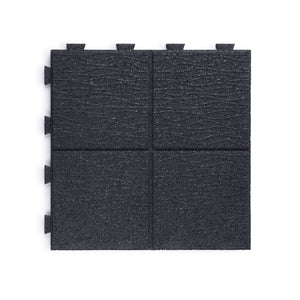
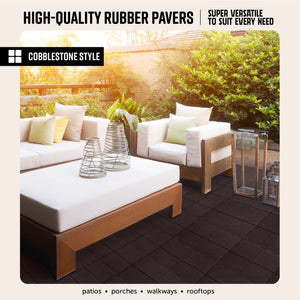
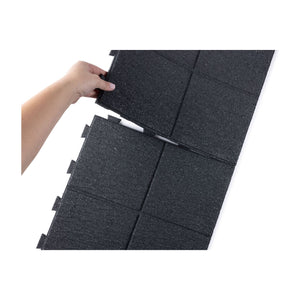
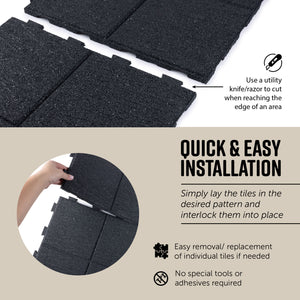

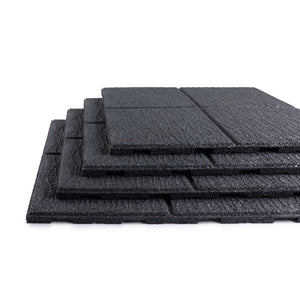
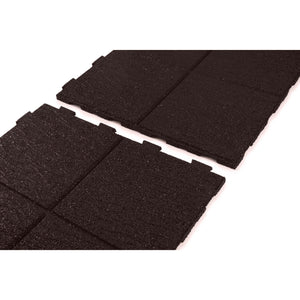
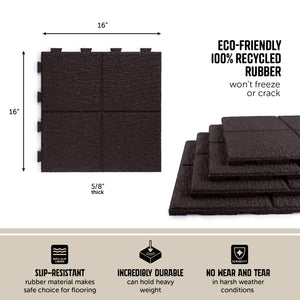
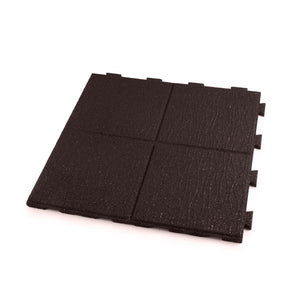
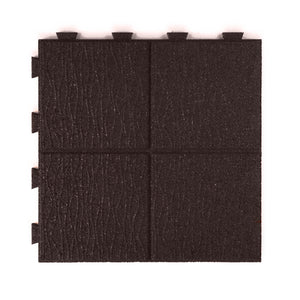
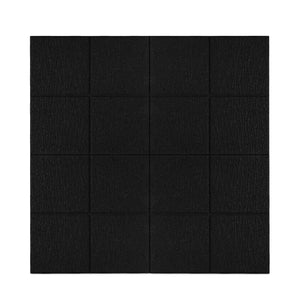

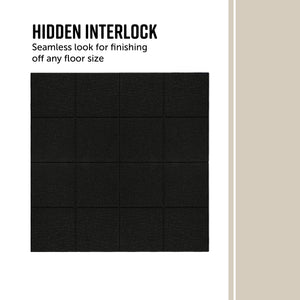
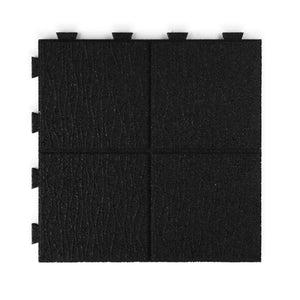
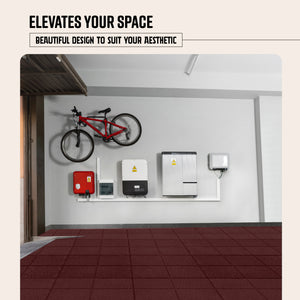
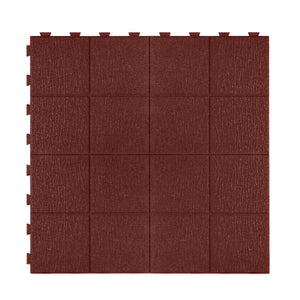
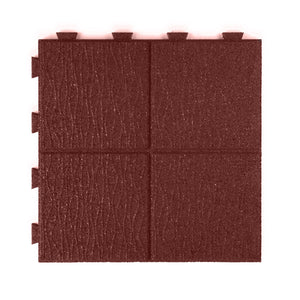
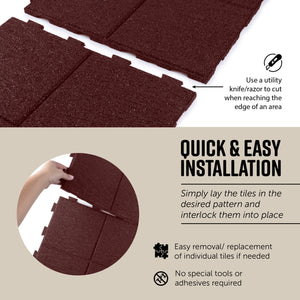
Cobblestone Interlocking Rubber Paver Tile
$9.49
- 16" X 16" X 5/8"
- Hidden Interlocking rubber pavers stay in place for a seamless surface
- Easy to install, brings new life to old patios, decks and floors
- Made with 100% recycled rubber that will not freeze or crack
- Long-lasting and durable, will not freeze or crack






















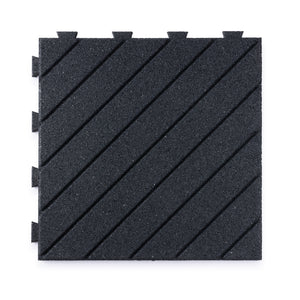
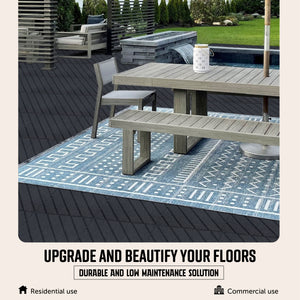
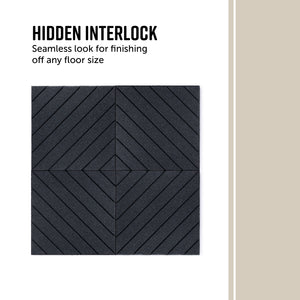
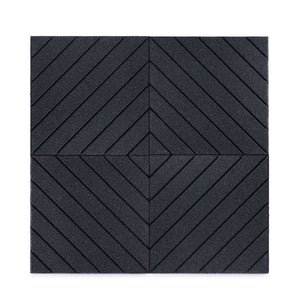
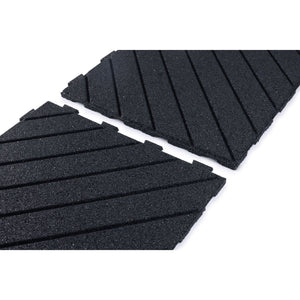
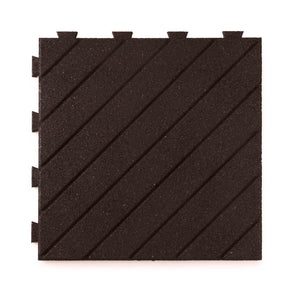
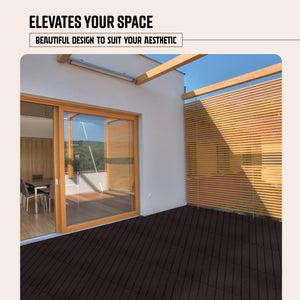
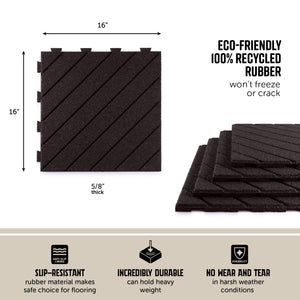
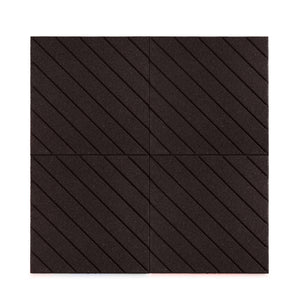
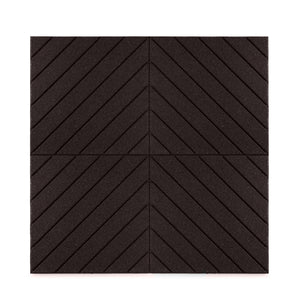
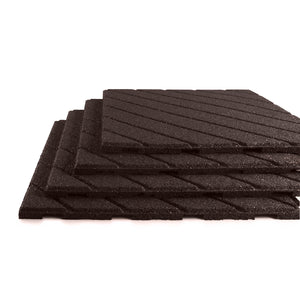
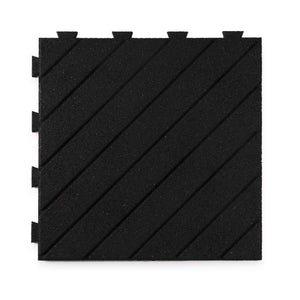
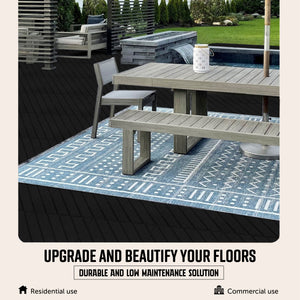
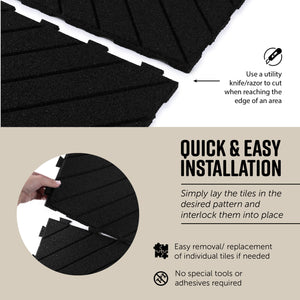
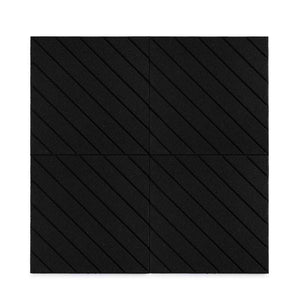
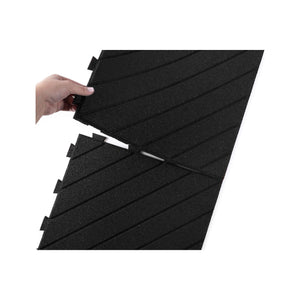
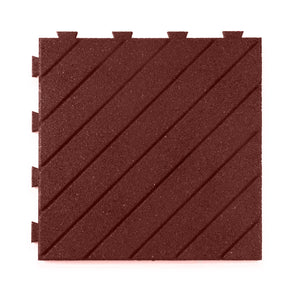
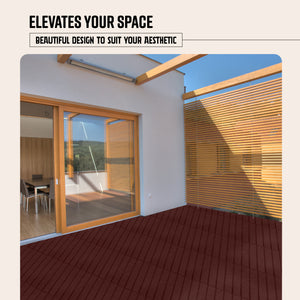
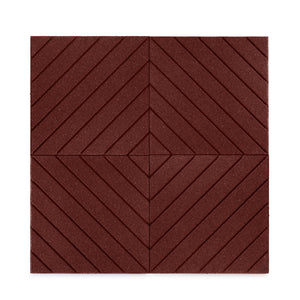
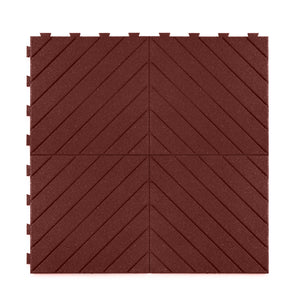
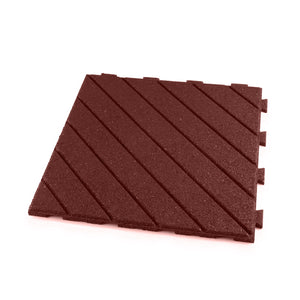
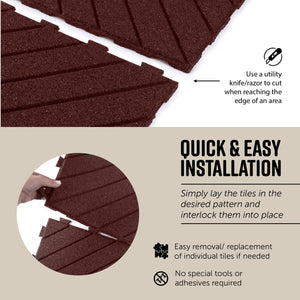
Slatted Interlocking Rubber Paver Tile
$9.49
- 16" X 16" X 5/8"
- Hidden Interlocking rubber pavers stay in place for a seamless surface
- Easy to install, brings new life to old patios, decks and floors
- Made with 100% recycled rubber that will not freeze or crack
- Long-lasting and durable, will not freeze or crack


















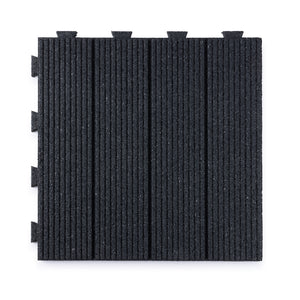
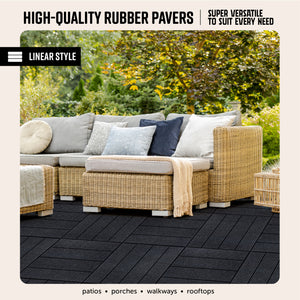
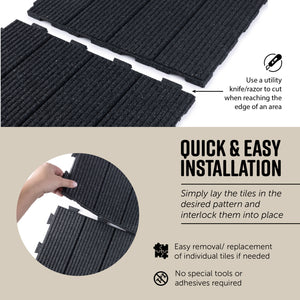
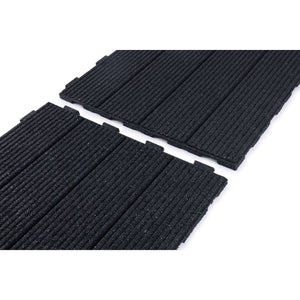
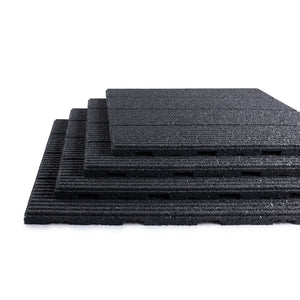
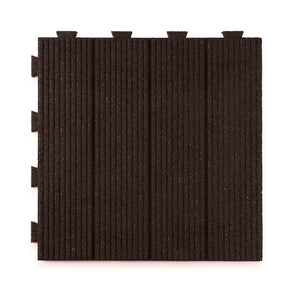
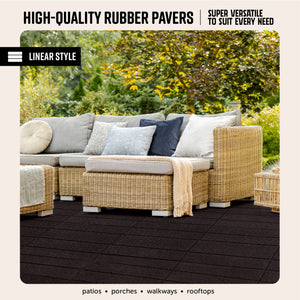
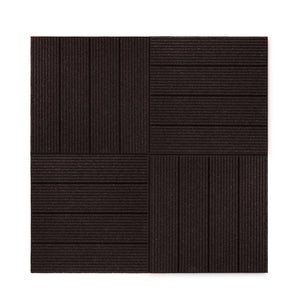
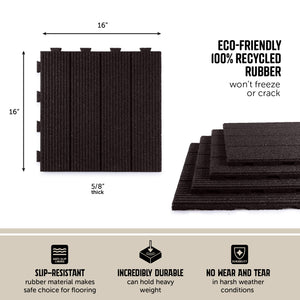
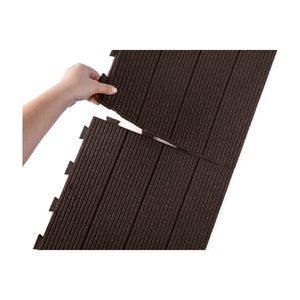
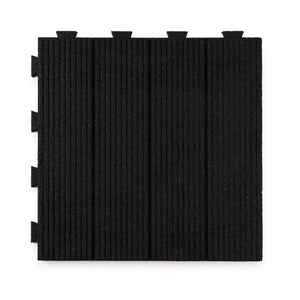

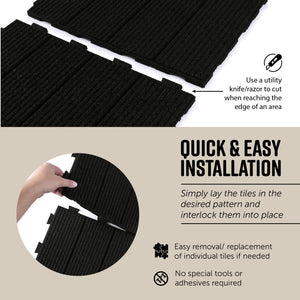
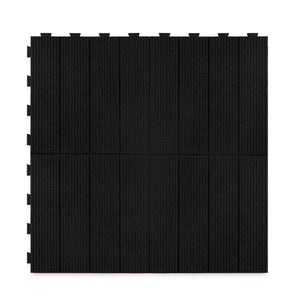
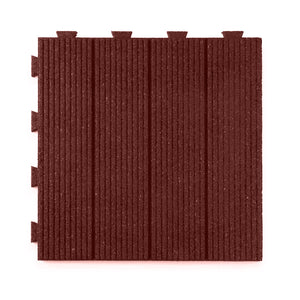

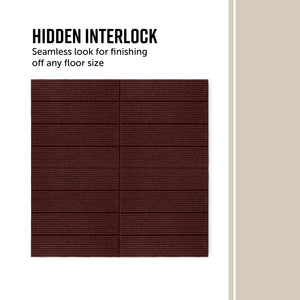
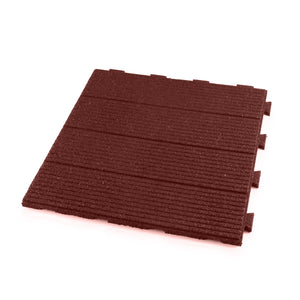
Linear Interlocking Rubber Paver Tile
$9.49
- 16" X 16" X 5/8"
- Hidden Interlocking rubber pavers stay in place for a seamless surface
- Easy to install, brings new life to old patios, decks and floors
- Made with 100% recycled rubber that will not freeze or crack
- Long-lasting and durable, will not freeze or crack















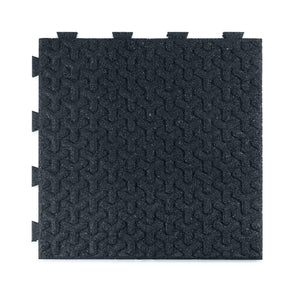
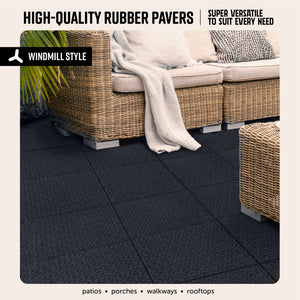
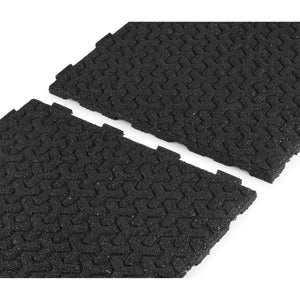
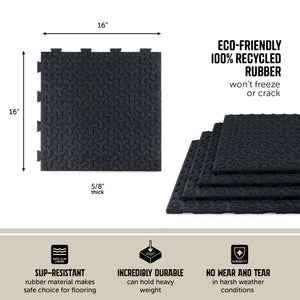
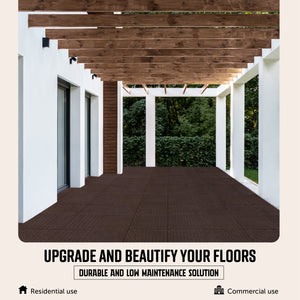
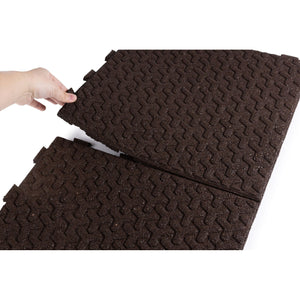
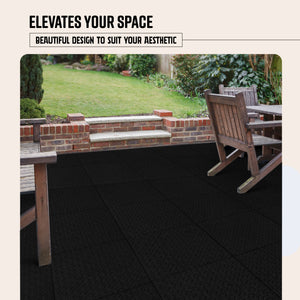
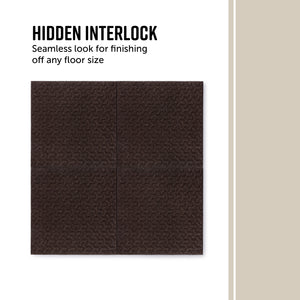
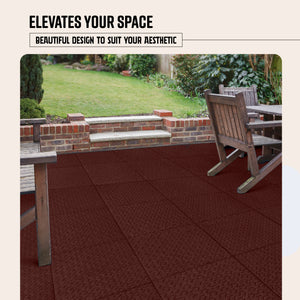
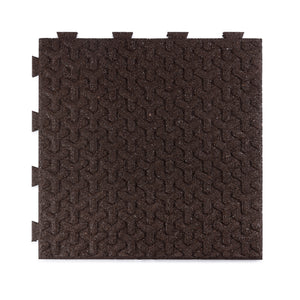
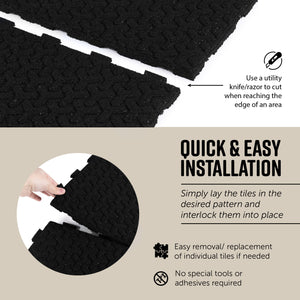
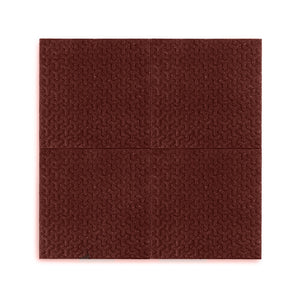
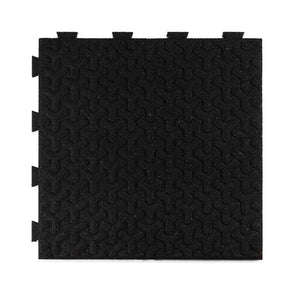
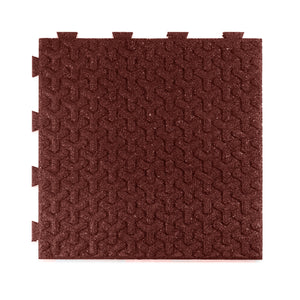
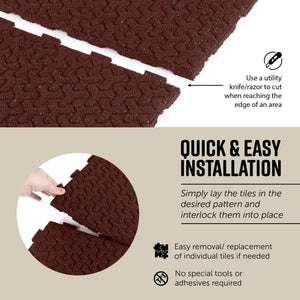
Windmill Interlocking Rubber Paver Tile
$9.49
- 16" X 16" X 5/8"
- Hidden Interlocking rubber pavers stay in place for a seamless surface
- Easy to install, brings new life to old patios, decks and floors
- Made with 100% recycled rubber that will not freeze or crack
- Long-lasting and durable, will not freeze or crack















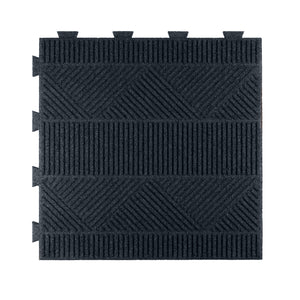
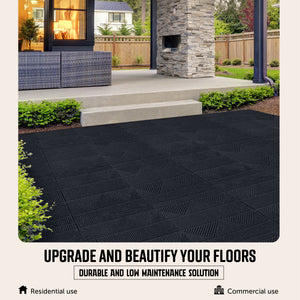
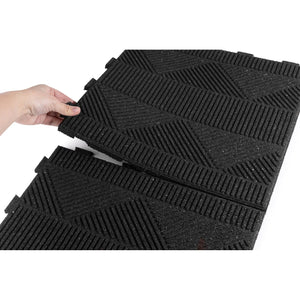
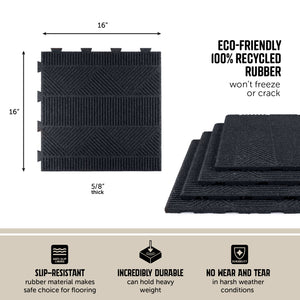
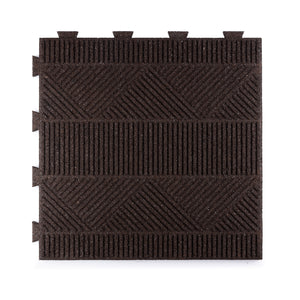
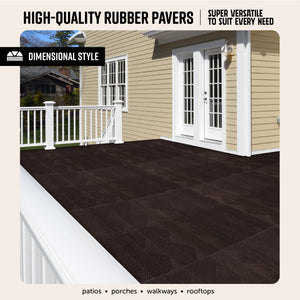
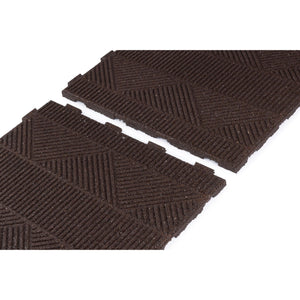
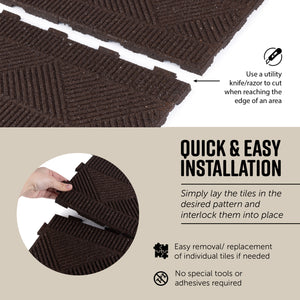
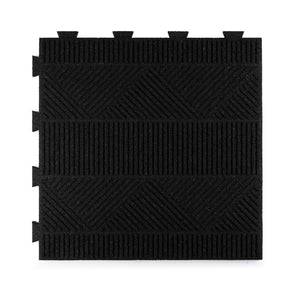
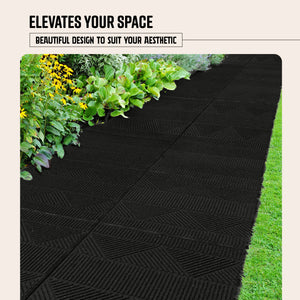
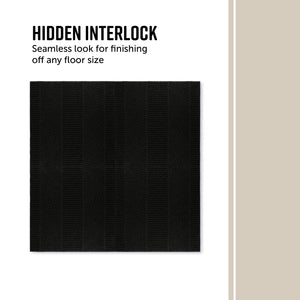
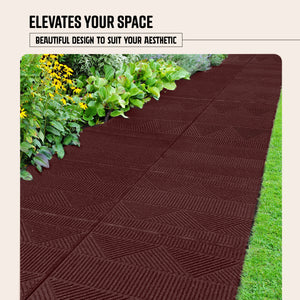
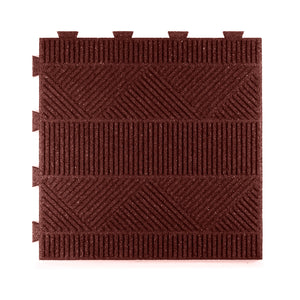
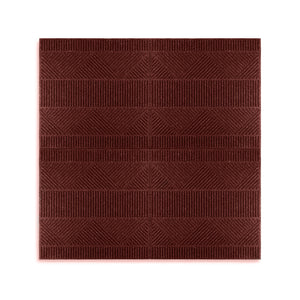
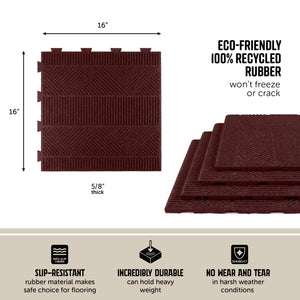
Dimensional Interlocking Rubber Paver Tile
$9.49
- 16" X 16" X 5/8"
- Hidden Interlocking rubber pavers stay in place for a seamless surface
- Easy to install, brings new life to old patios, decks and floors
- Made with 100% recycled rubber that will not freeze or crack
- Long-lasting and durable, will not freeze or crack
Your horse arena is a special place where horse and rider come together for exercise, training, and enjoyment. Rubber Mulch products should be part of your best arena experience.
Here are some questions commonly asked about Rubber Mulch and horse arenas.
What is the best type of rubber mulch to use for horse arena footing?
There isn't a single "best" type of rubber mulch for horse arena footing, as the ideal choice depends on several factors specific to your arena and horses. Here's a breakdown to help you pick the most suitable option:
Factors to Consider:
-
Discipline:
-
Dressage: Requires a very level and firm surface for precise movements. Rubber mulch with a finer grind size (around 3/8" or pea gravel consistency) mixed with sand might be suitable.
-
Jumping: Needs a balance between stability and some give for shock absorption. A medium grind rubber mulch (1/2" to 3/4") might be a good option.
-
Western Riding: Often benefits from a softer surface for activities like reining. Larger grind rubber mulch (3/4" and above) used alone or with a minimal sand mix could be appropriate.
-
Desired Cushioning:
-
Older horses or horses with joint issues: Might benefit from a rubber mulch with higher shock absorption properties. Look for mulch specifically designed for arenas with a focus on joint support.
-
Younger, fitter horses: Might handle a firmer surface with less cushioning.
-
Drainage:
-
Climate: In areas with heavy rainfall, good drainage is crucial. Choose rubber mulch designed for equestrian applications, which typically have good drainage properties due to the size and shape of the mulch pieces. You might also consider the addition of a drainage layer below the mulch if needed.
-
Cost: Rubber mulch varies in price depending on factors like grind size, quality, and source. Budget plays a role, but remember to prioritize choosing a mulch that meets your horse's needs and arena's requirements.
Here are some additional tips:
-
Consult with Professionals: An experienced equestrian arena builder or your veterinarian can provide recommendations based on your specific situation.
-
Sample Testing: Consider getting samples of different rubber mulch types to assess their feel and drainage characteristics before making a final decision.
-
Manufacturer Specifications: Always follow the manufacturer's recommendations for installation depth and any recommended mixing ratios with sand (if applicable) for optimal performance.
By considering these factors and seeking professional advice if needed, you can choose the best type of rubber mulch for your horse arena footing and create a safe and comfortable riding surface for your equine companions.
What are some of the top pain points when selecting horse arena footing?
Cost:
-
Sand: Affordable but requires regular maintenance (harrowing, watering) which adds to the cost over time.
-
Rubber Mulch: Significantly more expensive than sand, although lower maintenance needs can offset some of the initial cost.
Finding the Right Balance:
-
Joint Impact: Balancing a surface that provides good traction and stability (important for some disciplines) with one that offers enough cushioning for joint health.
-
Surface Consistency: Maintaining the ideal surface consistency - not too loose, not too packed - can be challenging with sand, especially in dry or wet climates. Rubber mulch requires less maintenance but might not be suitable for all disciplines.
Discipline Suitability:
-
Finding a footing material that caters to your specific riding discipline: Dressage might require a firmer surface like sand, while Western riding might benefit from a softer surface like rubber mulch.
Dust and Drainage:
-
Dust: Dry sand arenas can be very dusty, which can irritate horses and riders. Rubber mulch is less dusty but might require specific drainage considerations.
-
Drainage: Ensuring proper drainage is crucial for any arena surface to prevent muddy conditions. This might involve additional costs for installing a drainage system.
Maintenance:
-
Sand: Requires regular maintenance to maintain proper consistency. This can be time-consuming and labor-intensive. Rubber mulch requires less maintenance, but disposal at the end of its lifespan can be difficult and expensive.
Safety Concerns:
-
Uneven Footing: Especially with grass, uneven surfaces can increase the risk of slips or strains for horses. Maintaining a smooth, even surface is important on any footing type.
-
Slippery Surfaces: Rubber mulch, if not mixed properly with sand or other materials, can be slippery and increase fall risk.
Here are some additional factors to consider:
-
Climate: This can significantly influence your choice. For example, rubber mulch might be a better option in dry climates to reduce dust.
-
Horse's Age and Fitness Level: Younger, fitter horses might handle firmer surfaces better than older horses with joint issues.
By understanding these pain points and your specific needs, you can make a more informed decision when selecting the right horse arena footing. Consulting with experienced horse owners or arena builders in your area can be very helpful in navigating these challenges.
How would you add rubber mulch to a horse arena that now has sand footing?
Adding rubber mulch to an existing sand arena involves several steps to ensure a safe and functional riding surface for your horses. Here's a breakdown of the process:
Preparation:
-
Arena Evaluation: Assess the condition of your sand arena. This includes the depth of the sand, drainage functionality, and presence of any contaminants. Look for uneven areas, excessive dust, or signs of poor drainage.
-
Planning and Considerations:
-
Rubber Mulch Choice: Decide on the specific type of rubber mulch suited for your needs. Consider factors like desired cushioning, drainage properties, and your horse's discipline (discussed previously). Consulting with an experienced arena builder or your veterinarian can be helpful.
-
Partial or Full Sand Removal (Optional): In some cases, removing some of the existing sand might be beneficial. This can create space for a thicker layer of rubber mulch, especially if the current sand depth is excessive. However, complete removal is not always necessary and can be a significant undertaking.
Removal Process (if applicable):
-
Sand Removal (Partial): If you decide to remove some sand, use machinery like a skid steer or excavator to take out the desired amount. The depth of removal depends on your plan for the new rubber mulch layer. Aim for a depth that will leave enough space for the rubber mulch while maintaining good drainage.
-
Hauling and Disposal: Arrange for proper hauling and disposal of the removed sand at an approved facility.
Rubber Mulch Installation:
-
Weed Barrier: Install a new weed barrier over the entire arena base to prevent weeds from growing through the rubber mulch. Ensure the weed barrier is rated for equestrian applications and can withstand horse traffic.
-
Sub-Base Padding (Optional): For additional joint support for your horses, consider adding a layer of washed stone or recycled crushed concrete below the rubber mulch, especially if significant sand was removed. This can create a more cushioned surface.
-
Spreading the Rubber Mulch: Spread and level the chosen rubber mulch according to the recommended depth for your specific product and desired arena surface. Manufacturer specifications will provide guidance on depth based on factors like mulch grind size, presence of a sub-base layer, and any remaining sand depth.
-
Grading and Finishing Touches: Fine-tune the arena surface for proper drainage and levelness using a drag or grader. Here, the remaining sand can be helpful for achieving a smooth and consistent surface when mixed with the rubber mulch.
Additional Considerations:
-
Mixing Sand and Rubber Mulch (Optional): While some people add rubber mulch on top of existing sand, this might not always be the most effective method. Improper mixing can lead to uneven footing or drainage issues. Consult a professional for advice on whether sand mixing is suitable for your situation and the ideal mixing ratio if you decide to go this route.
-
Professional Help: Consider consulting with an experienced arena builder or contractor, especially for partial sand removal and rubber mulch installation. This can ensure the project is done correctly and efficiently.
-
Safety Equipment: Wear proper safety gear like gloves, dust mask, and eye protection during removal and installation processes.
-
Post-Installation Maintenance: Regular maintenance is still required for a rubber mulch arena. This might involve raking or harrowing to maintain surface consistency and drainage. However, the frequency will likely be less compared to pure sand arenas.
By following these steps and considering the additional points, you can successfully add rubber mulch to your existing sand arena. Remember, consulting with professionals and choosing the right materials for your specific needs are crucial for a safe and functional horse riding environment.
What about rubber pavers for a horse arena?
Rubber pavers can be a viable choice for horse arena footing, offering some advantages over traditional materials like sand or shredded rubber mulch. Here's a breakdown of what you should know about using rubber pavers for your horse arena:
Pros of Rubber Pavers for Horse Arenas:
-
Comfort and Shock Absorption: Similar to rubber mulch, rubber pavers provide good cushioning and shock absorption for your horse's joints, which can be beneficial for overall well-being, especially for older horses or those recovering from injuries.
-
Improved Traction: The textured surface of most rubber pavers offers good traction for horses, reducing the risk of slips and falls.
-
Durability: Rubber pavers are generally long-lasting and can withstand wear and tear from horse hooves. They are also less prone to erosion compared to sand or shredded mulch.
-
Low Maintenance: Unlike sand arenas that require regular harrowing and watering, rubber pavers require minimal maintenance. Occasional cleaning and spot repairs might be needed.
-
Drainage: Most rubber pavers are designed for good drainage, allowing water to permeate through the gaps between the pavers and preventing muddy conditions.
Cons of Rubber Pavers for Horse Arenas:
-
Cost: Rubber pavers are generally more expensive upfront compared to sand or shredded rubber mulch.
-
Surface Consistency: While some pavers offer a more uniform surface, the individual paver design might not create a perfectly smooth riding surface like well-maintained sand. This could be a consideration for disciplines requiring a very precise footing.
-
Potential for Unevenness: Over time, with use and horse traffic, some settling or shifting of individual pavers could occur, creating unevenness. Regular inspection and maintenance might be required to address any such issues.
-
Limited Discipline Suitability: Similar to shredded rubber mulch, rubber pavers might not be ideal for all riding disciplines. Dressage, for example, might require a very level and extremely consistent surface that some paver designs might not provide.
Here are some additional factors to consider when deciding on rubber pavers for your horse arena:
-
Size and Type of Pavers: Rubber pavers come in various sizes, thicknesses, and interlocking designs. Choose a paver specifically designed for horse arenas, considering factors like shock absorption properties, durability, and ease of installation.
-
Sub-Base Preparation: A proper sub-base is crucial for any arena footing, including rubber pavers. This typically involves a compacted gravel layer to ensure stability and drainage. Consult with professionals for proper sub-base preparation specific to your soil conditions.
-
Professional Installation: While some pavers are designed for DIY installation, considering professional help can ensure proper sub-base preparation, leveling, and overall quality of the finished arena.
Overall, rubber pavers can be a good choice for horse arena footing, especially if you prioritize comfort, low maintenance, and good drainage. However, their upfront cost, potential for unevenness, and limited suitability for some disciplines need to be considered. Weighing the pros and cons, consulting with professionals, and considering your specific needs and budget will help you decide if rubber pavers are the right choice for your horse arena.
shop
Copyright © 2024 RubberMulch.com - All Rights Reserved.




























